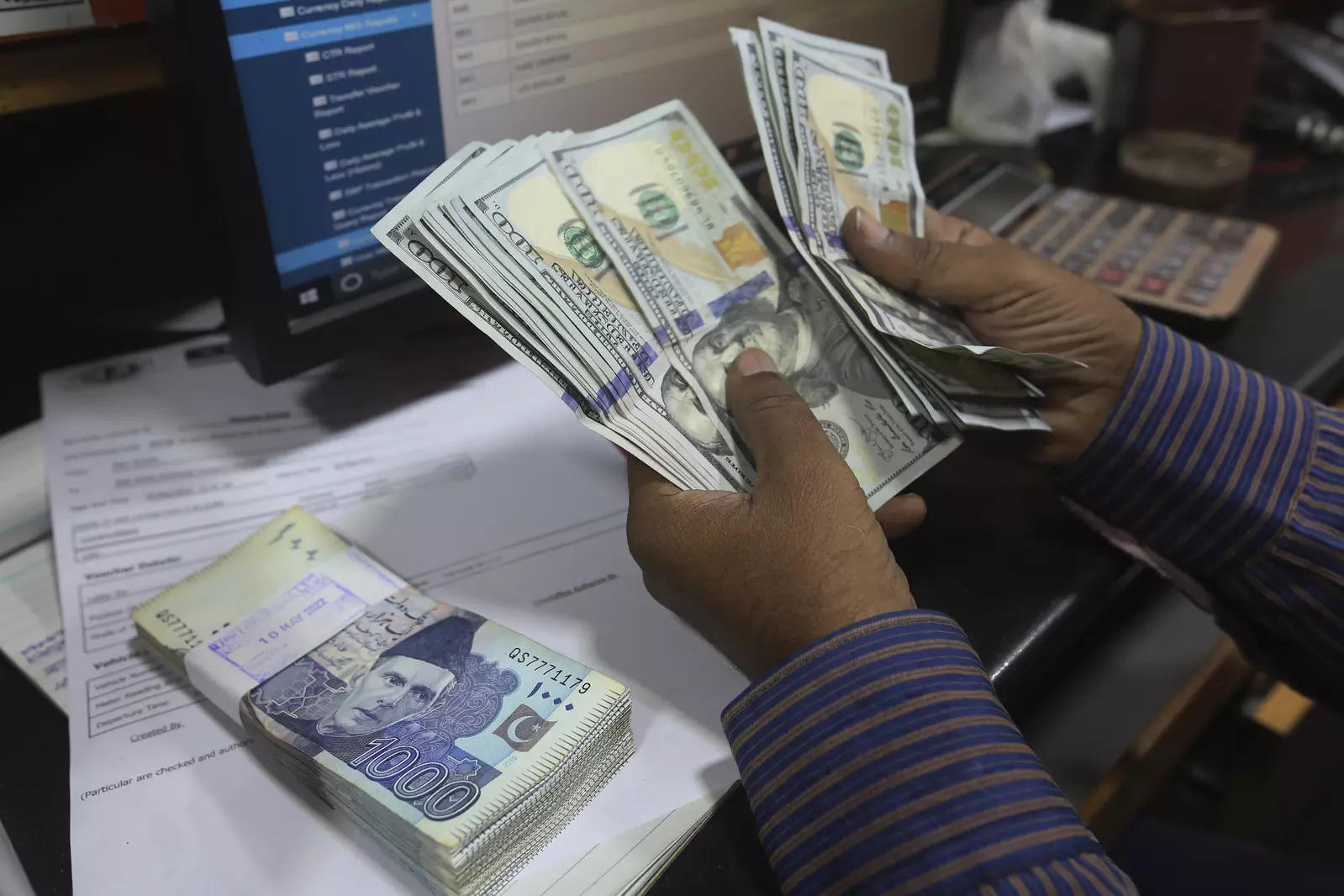Pakistan is staring at bankruptcy as the country’s foreign exchange reserves plunged to an 8-year low of $5.6 billion. This will cover less than one month of imports. With loan repayments to be made many analysts and economists are saying that the country may face a balance of payments crisis in the coming months.
Pakistan needs to raise more than $26 billion to repay foreign debts and reduce its massive current account deficit. Nearly 30% of Pakistan’s foreign debt is owed to China. The dwindling of forex reserves leaves Pakistan with import cover for only over a month. In the next three months, the country has to pay $8.3 billion to external debtors.
The release of $1.1 billion that was originally scheduled to be disbursed by the IMF in November of last year has yet to be approved, resulting in Pakistan having insufficient foreign exchange reserves to cover only one month’s worth of imports.
The primary concerns are meeting the obligations of foreign debt and acquiring essential goods such as medicine, food, and energy. As a result, thousands of shipping containers are currently stranded at the port of Karachi, as the banks are unable to provide assurance for foreign exchange payments. The cargo includes perishable food items and medical equipment, which have a combined value of tens of millions of dollars.
Why Pakistan’s economy is in dire straits
Pakistan’s economy worsened after the recent floods that inundated a third of the nation and halved its growth. With inflation rates hovering around 25% the country is facing one of its worst financial crises. Videos on social media show people protesting on the streets for food as prices of essential food items have skyrocketed in the country.
The economy has been in a state of collapse, due in part to an ongoing political crisis, causing the value of the rupee to drop significantly and inflation to reach its highest levels in decades. The situation has been made worse by the recent devastating floods and an energy crisis affecting the entire globe.
Economists anticipate a humanitarian and healthcare catastrophe in Pakistan if the State Bank of Pakistan, Ministry of Finance, and other
organizations do not take decisive measures to prevent it.
How Pakistan plans to get out of it
Pakistan typically seeks financial aid from allies like China and Saudi Arabia, but analysts have suggested that these countries are hesitating to provide assistance until Pakistan receives approval from the IMF.
Saudi Fund for Development is likely to conduct a study on increasing its deposits in Pakistan’s central bank to $5 billion from $3 billion. Pakistan is also planning to seek an extension of a $2.1 billion loan from China,
, its all-weather ally, in March.
What steps has the government taken
Malls and markets were ordered to close by 8:30 pm as part of measures to conserve energy. As per government calculation steps to shut markets, including restaurants, would save around 62 billion Pakistani rupees ($273 million). Various departments within the government have been told to reduce electricity consumption by 30%.

